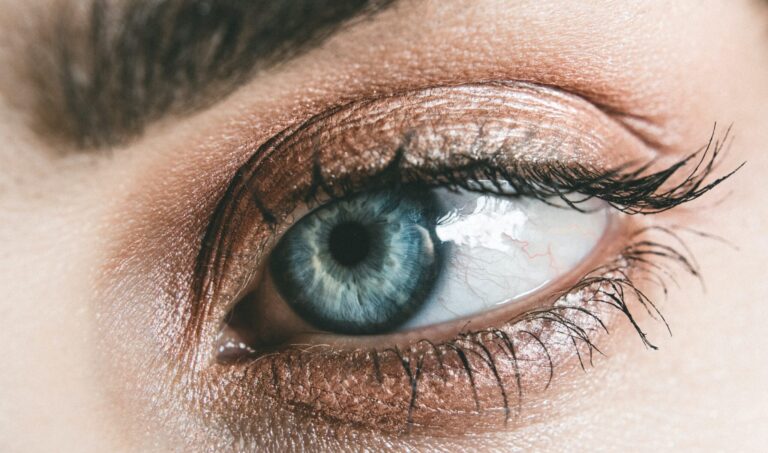
If you have problems with your sight, there are many different kinds of laser eye surgery to choose from. It is used for correcting long sight, short sight, and astigmatism.
Most people have laser eye surgery to rid themselves of their wonky vision, so they no longer have to wear contact lenses or glasses.
Since being short or long sighted isn’t something that has to be corrected – most people get by with glasses or contacts – it isn’t usually available on the NHS. But should you feel that laser eye surgery may be right for you, this is what you need to know about the different treatments available.
LASEK
Laser Epithelial Keratomileusis is one of the more recent treatments for the correction of vision and can be used to treat short sight, long sight or astigmatism. Compared with the other treatments, it causes dry eyes less frequently after the procedure. Using a finer tool to cut away at the outer layer of the cornea, which enables it to be retained as a flap, minimises potential complications and causes quicker healing. However, it takes longer for your eyes to recover their vision after LASEK – usually a week or two. Discomfort after the surgery lasts for around two days.
PRK
Photorefractive Keratectomy is one of the oldest laser eye treatments available. Its effects aren’t as strong, so is used to correct milder forms of short-sightedness, long-sightedness and astigmatism. It also takes a long time for the vision to be corrected – up to a year after the surgery 80% of patients regain their 20/20 vision. The discomfort lasts for up to three days post-surgery.
LASIK
Laser in Situ Keratomileusis has the same success rate as PRK, but comes with less discomfort. It also works a lot faster, almost immediately. However, since the process is more complicated, the surgeon is required to be more skilled in order to avoid causing permanent damage. Sometimes the best possible result isn’t quite as good as the vision achieved with corrective glasses or contact lenses.
Z-LASIK
An innovative new version of the LASIK treatment that doesn’t require any blades touching your eye. It is therefore the surgery of choice for people who don’t like the idea of a knife touching the surface of their eyes. However, Z-LASIK does come with a few complications, such as seeing a ‘halo’ effect around bright lights, scarred cornea or damage to the corneal flap.



I didn’t know there were so many different types of laser eye surgery. I knew the tech had evolved since it’s inception, but I didn’t know that there were so many options for someone seeking this treatment.